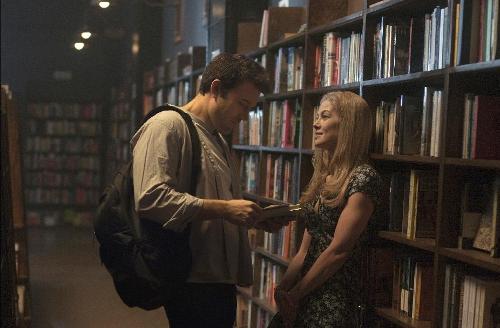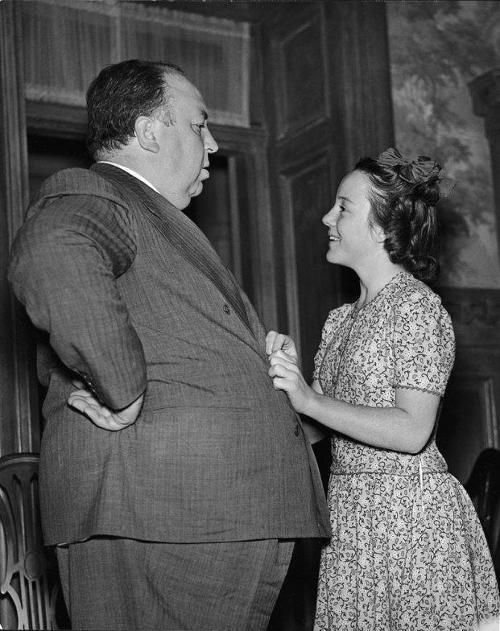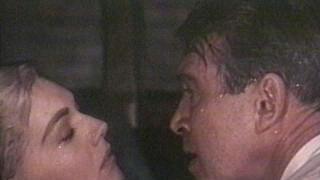With 'Gone Girl,' David Fincher Becomes Hitchcock's True Heir
 Ben Affleck and Rosamund Pike in ‘Gone Girl’
Ben Affleck and Rosamund Pike in ‘Gone Girl’Whether consciously or not, David
Fincher is drawn to many of the same themes as Alfred Hitchcock. The
split personality of Norman and Mrs. Bates in Psycho echoes in The Fight Club, The serial killer of Frenzy haunts Fincher’s Se7en and Zodiac. The suspected wife-murderer of Rebecca shares a guilt trip with Ben Affleck in Fincher’s latest, Gone Girl. Fincher
is one in an army of filmmakers — including Francois Truffaut, Brian
DePalma and M. Night Shyamalan — who have queued up to be named heir to
the Master of Supense.
Yet no one replicates the Master’s movie DNA as closely as Fincher’s done in Gone Girl, where
he twists all the familiar Hitchcock tropes into a double-helix of
tension and release. Working from Gillian Flynn’s adaptation of her own
bestselling novel, Fincher gets into Hitch’s head by gene-splicing many
of the Master’s themes together. Call Gone Girl the most Hitchcockian thriller in years.

Alfred Hitchcock and his daughter Patricia
Hitch would have approved of the
actress who plays the titular gone girl Amy, Rosamund Pike. She’s a
calculating beauty of the Grace Kelly genus (see Hitch’s Rear Window and Dial M for Murder for reference) and a cool, classic “Hitchcock blonde.” He would have smiled at Gone Girl’s
assumption that, as comedian Chris Rock once so nicely put it, “If you
haven’t contemplated murder, you ain’t been in love.” Hitch might have
been taken in by the movie’s MacGuffin, a diary written by Amy. And he
might have been jealous that Fincher could be more explicit about
matters both sexual and violent than Hitch was ever allowed to be
In a movie that could be titled The Lady Vanishes,
Fincher plays with a theme very dear to Hitch’s heart: namely, the
story of the man who jokingly wishes his girlfriend or partner was dead
(see: Rear Window, Strangers on a Train). And when his
wish precipitates events that might lead or have led to her jeopardy,
he feels as guilty as if she died by his own hand. “More tears are
shed,” said Truman Capote, “over answered prayers than answered ones.”
Flynn and Fincher (should we say Flincher?) underline in Gone Girl a motif only hinted at in Hitchcock’s Rebecca and The Man Who Knew Too Much: The
sinking disappointment when couples discover that courtship is a
performance that grows stale in marriage. In the opening scene of
Fincher’s film, we hear Nick (Ben Affleck) ruefully utter the question
spouses rarely ask, “Who are you? What have we done to each other?”’
Those are the questions The Girl (Joan Fontaine) in Rebecca wonders
of her white knight, Max (Laurence Olivier), when she learns he may be a
murderer. And one that Jo McKenna (Doris Day) wonders in The Man Who Knew Too Much of her doctor husband (James Stewart) who has pressed her to trade her musical career for marriage.




